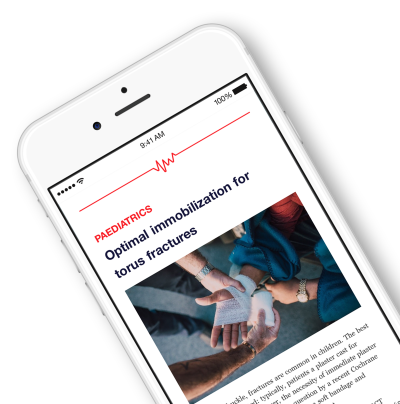
Adductor canal block for management of postoperative pain after revision knee arthroplasty .
This report has been verified
by one or more authors of the
original publication.
Adductor canal block for postoperative pain treatment after revision knee arthroplasty: a blinded, randomized, placebo-controlled study
PLoS One. 2014 Nov 11;9(11):e11195136 patients scheduled to undergo revision total knee arthroplasty were randomly assigned to adductor canal block with ropivacaine or placebo. The purpose of this study was to evaluate whether an adductor canal block reduced postoperative pain to a significant degree. The primary outcome of interest was VAS pain during knee flexion at 4 hours postoperatively. Results indicated a significantly greater reduction in pain at 4 hours postoperatively in the adductor canal block group than the placebo group. However, due to a large dropout rate, the findings from this trial alone cannot support the use of adductor canal block for the management of postoperative pain after revision total knee arthroplasty.
Unlock the Full ACE Report
You have access to 4 more FREE articles this month.
Click below to unlock and view this ACE Reports
Unlock Now
Critical appraisals of the latest, high-impact randomized controlled trials and systematic reviews in orthopaedics
Access to OrthoEvidence podcast content, including collaborations with the Journal of Bone and Joint Surgery, interviews with internationally recognized surgeons, and roundtable discussions on orthopaedic news and topics
Subscription to The Pulse, a twice-weekly evidence-based newsletter designed to help you make better clinical decisions
Exclusive access to original content articles, including in-house systematic reviews, and articles on health research methods and hot orthopaedic topics
































































